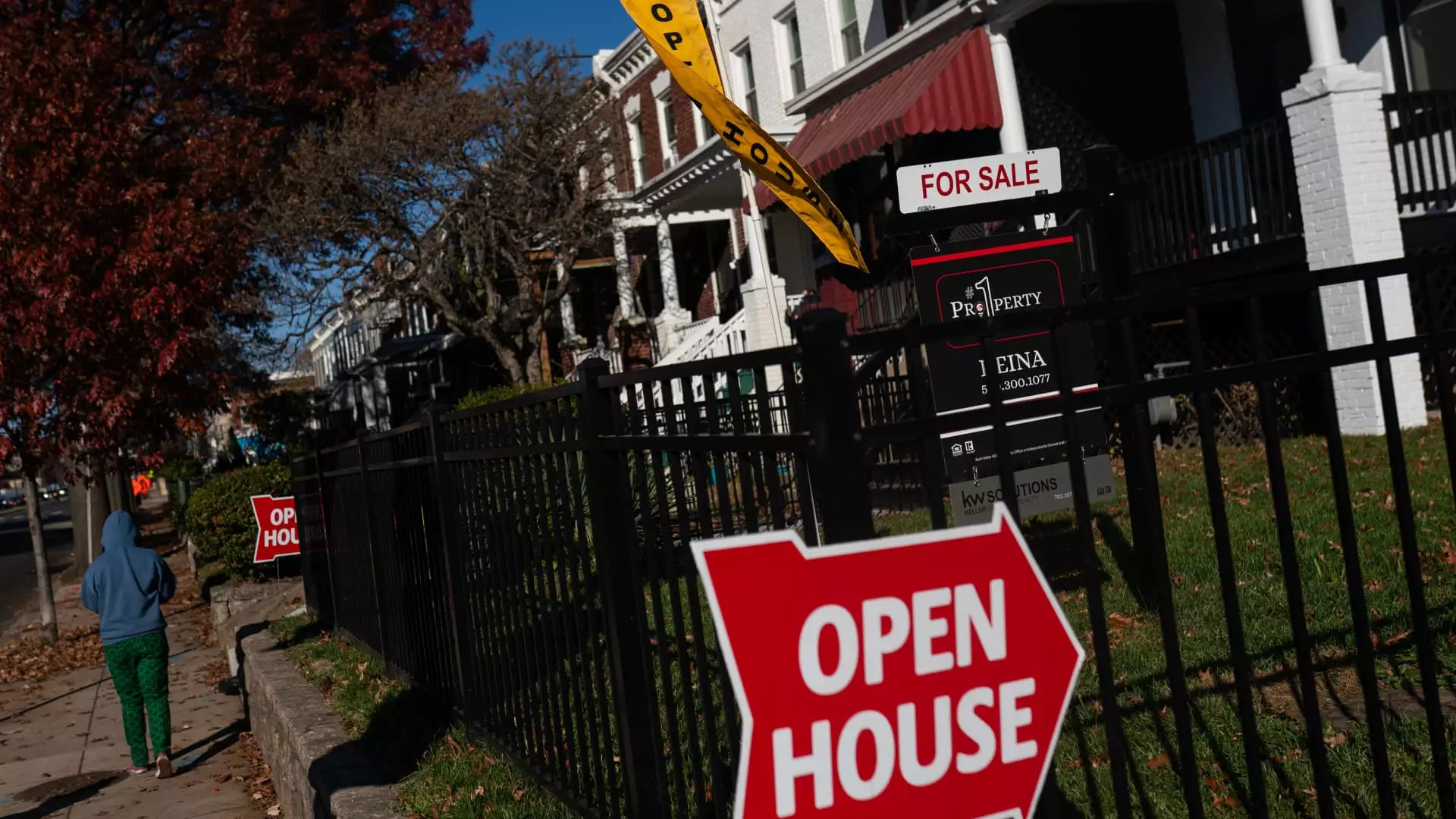Governor Wes Moore’s childhood serves as a poignant reminder of the complexities and hurdles that shape individual lives. His mother’s ultimate decision to send him to military school was not a mere punishment, but rather an investment in potential, albeit after considerable struggle and sacrifice. This narrative is not just about personal transformation; it speaks to a broader societal issue—how socioeconomic factors, particularly housing stability, impact opportunities for future generations. Unfortunately, while Moore’s story serves as an inspiring example of overcoming adversity, it also highlights the alarming reality that many young people today face. The skyrocketing costs associated with housing have created an environment where financial security and upward mobility seem increasingly out of reach.
The Unaffordable American Dream
For many potential homebuyers, the aspiration for homeownership has transformed into a mirage. Today, around 30% of young residents in Maryland are contemplating leaving their state primarily due to prohibitive housing costs. This sentiment is echoed nationally, presenting a concerning trend as prospective buyers grapple with both surging home prices and stagnating wages. Government data reveals that the median home price has outpaced median household income drastically since 1980, driving a permanent wedge between the aspirations of the current generations and the manageable real estate markets that their parents and grandparents once enjoyed. In stark contrast to prior decades when owning a home was prominently attainable, today’s youth find themselves contending with nearly insurmountable barriers.
The Cost-Burdened Reality
Current statistics paint a grim picture: in 2022, the number of cost-burdened renters—those spending over 30% of their income on housing—soared to unprecedented levels. This financial strain not only limits disposable income for young adults but also stifles their ability to save for future investments, including a home. As a result, many individuals are left feeling trapped in a continuous cycle of renting, unable to build equity or secure a stable financial future. The fact that median homeownership rates among 35- to 44-year-olds have diminished by over 10% since 1980 serves as an alarming indicator that our economic systems are failing this demographic—many of whom are at a pivotal point in life for establishing families and building wealth.
Barriers to Entry: Education and Marriage
Two significant barriers have emerged in the pursuit of homeownership: educational attainment and marriage rates. Data indicates that individuals who marry are more likely to own homes, and since lower-income populations tend to marry less, this has produced a gap that further complicates their path to ownership. Moreover, educational credentials have become a pivotal factor as household heads with lower incomes are attaining college degrees at decreasing rates. The implication is clear: without adequate education, the prospects for long-term security in real estate diminish, leaving many locked out of wealth-building opportunities that homeownership promises.
A Racial Divide in Homeownership
The racial aspect of homeownership cannot be overlooked as it contributes to systemic inequality. The recent statistics from the National Association of Realtors highlight that, even with incremental improvements, the Black homeownership rate remains below 50%, starkly contrasting with the white homeownership rate of 72.4%. This disparity underscores not only a legacy of discrimination but also indicates how unequal economic opportunities continue to silence vast segments of society. Such a gap perpetuates the cycle of poverty, limiting asset accumulation necessary for closing the racial wealth gap.
Policy Solutions: Paving the Way to Opportunity
To restore equity in homeownership and make it more attainable, decisive policy changes are paramount. Strategies like promoting educational opportunities focused on low-income households, offering significant down payment assistance, and easing regulatory burdens on housing development are just some of the avenues that could make ownership a tangible goal for young Americans. Advocating for policy initiatives that prioritize these areas can help dismantle barriers, allowing a new generation the opportunity to thrive, much like Moore was able to, thanks to his family’s sacrifices.
The journey to homeownership should not feel like an unattainable dream. Instead, it should be the foundation that allows individuals and families to build long-lasting stability and wealth. If we fail to address these issues, we will not only rob future generations of opportunities but also jeopardize the principles upon which our country thrives.

